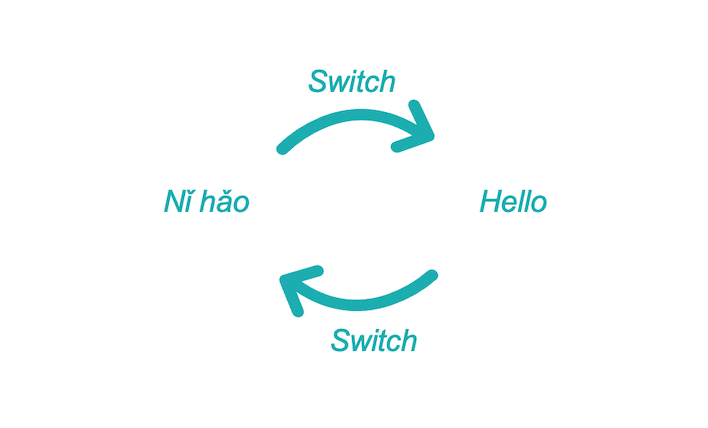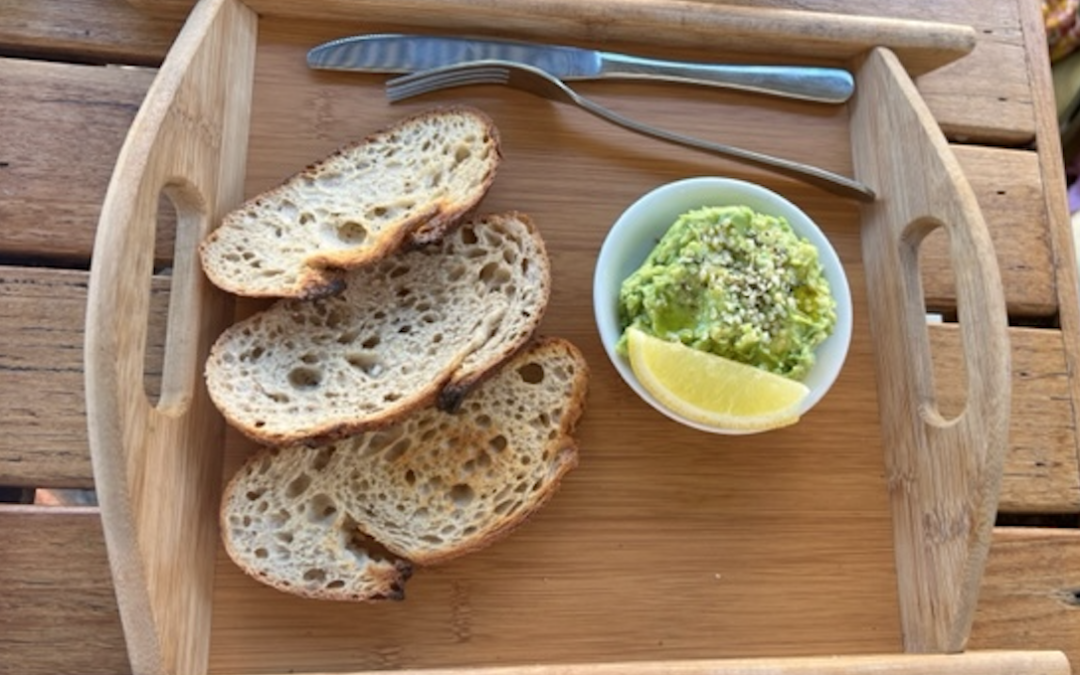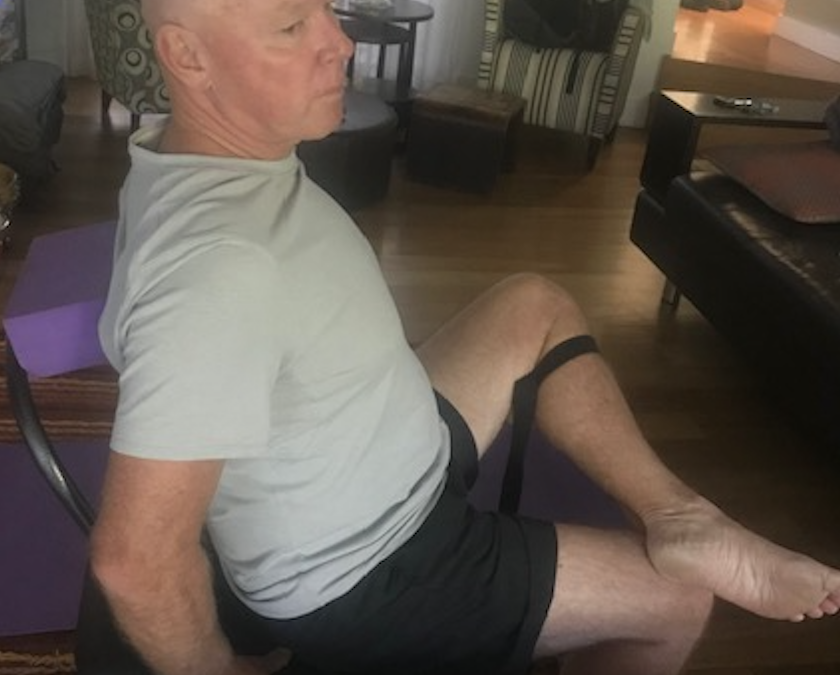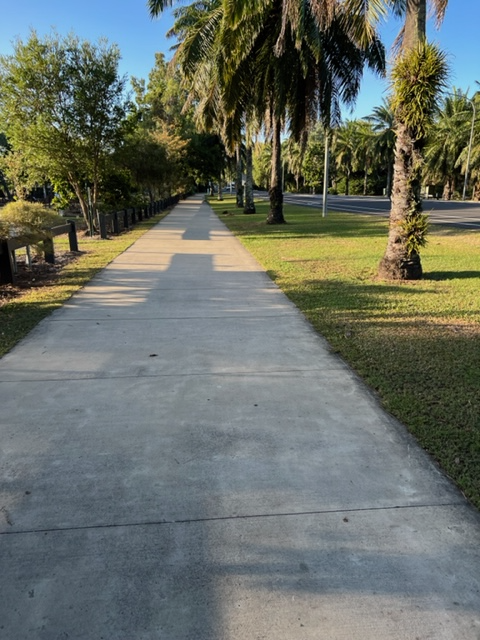
by Dr Ken Hudson | Sep 11, 2024 | Switch Thinking
Switch Thinking developed by Dr Ken Hudson is based on an insight watching bilingual people switch languages. Dr Hudson wondered if you could learn to switch the language you were using perhaps you could switch your thinking. Being bilingual is a learned skill and...

by Dr Ken Hudson | May 18, 2024 | Switch Thinking
I am fortunate in that my work carries me all over Australia and Asia. It was during one of these trips after I spoke at a conference I settled down to a nice lunch and I noticed something wonderful. The person next to me started talking to me in English then when...

by Dr Ken Hudson | Oct 25, 2023 | Creative Problem Solving, How to accelerate idea generation, How to innovate in a fast, simple and low risk way, How to run an awesome Brainstorming Session, Leadership
There are two broad ways to generate new ideas. The first is to create new ideas via say a brainstorming session or my new Switch Thinking process. This approach is slow, can be risky and waste time and effort. But it can also produce an occasional big, new idea that...

by Dr Ken Hudson | Jun 27, 2023 | Creative Problem Solving, Creative Thinking Techniques, How to accelerate idea generation, How to become a creative leader, How to innovate in a fast, simple and low risk way, Switch Thinking
As i am getting older I have realised the importance of maintaining and if possible improving my flexibility. So I started with Kung Fu then after 10 years of study moved to Yoga. And it works! I no longer feel as rigid in my muscles and after a session feel refreshed...

by Dr Ken Hudson | Aug 31, 2022 | Switch Thinking
Sometimes we get stuck. Here’s why. We form thinking patterns based on our past experiences. These patterns are our assumptions, beliefs, expectations and attitudes. They inform our ideas, solutions, actions and to some extent our feelings. These thinking...






